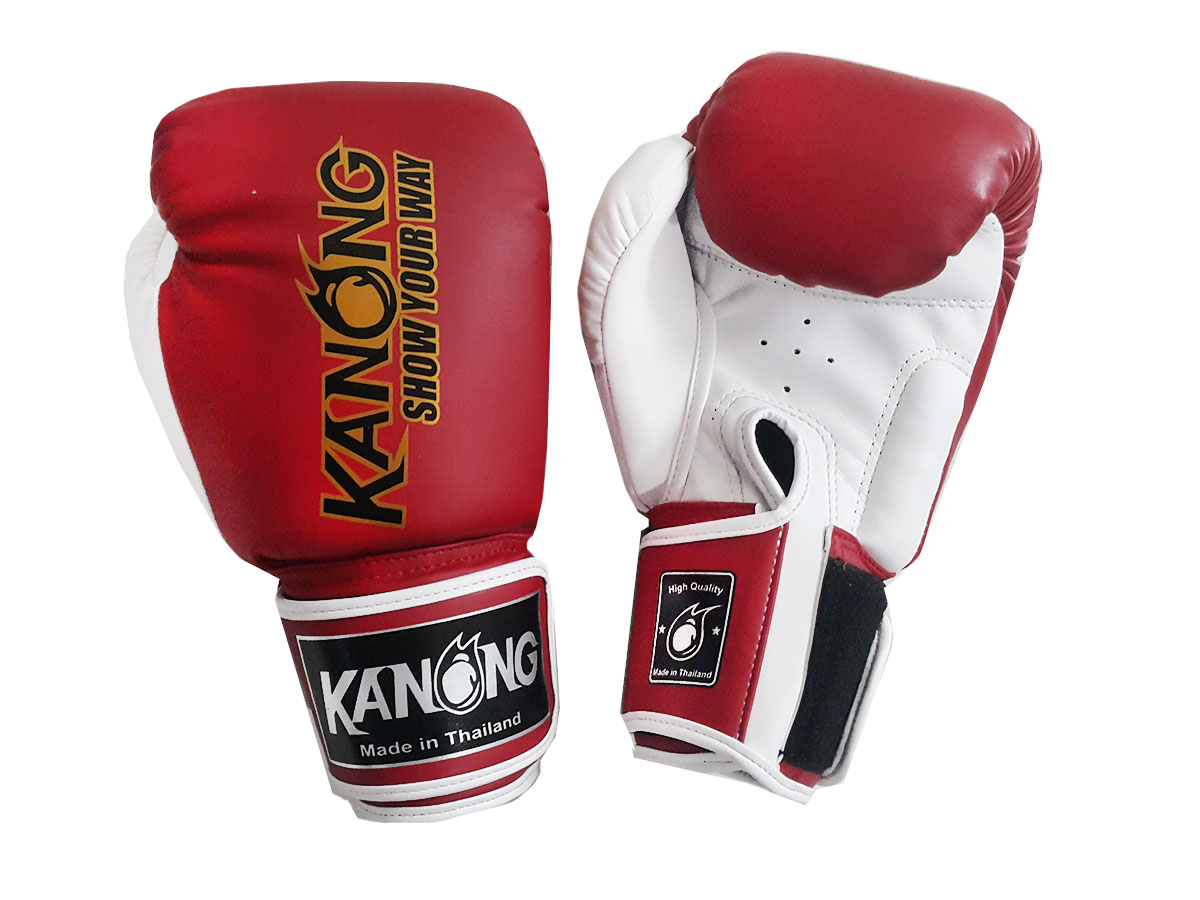Whether you’re a beginner or a pro, it’s important to have the proper gear and training equipment to prevent injuries and get the most out of your training. While there are many options to choose from, we will be discussing the most commonly used equipment and gear that’s essential for Boxing outfit training and matches.
TRAINING EQUIPMENT
Muay Thai Shorts
This is very important and signature of Muay Thai Training. Muay Thai Shorts are different from other sport. It’s designed specially for easier kicking and moves. Most of quality shorts are made in Thailand. You can find the best Muay Thai Shorts there.
Hand wraps
You should protect your hands well because it is one of your weapons that you use to defeat your opponents. Hand wraps help cushion your knuckles and brace your wrist against the force of your punches. This will help prevent injuries when you do pad work and training on the heavy bag. Depending on how you wrap your hands, you can add extra layers around and between your knuckles. Using clean hand wraps will also ensure that your gloves don’t smell after your training session.
Boxing Gloves
As with any hand-to-hand combat sports, you will need a pair of Muay Thai gloves. Muay Thai gloves hardly vary in shape within their intended purpose, ex. Sparring, training, etc. The thumb piece is straight, which allows for clinching and the padding is thicker along the back of the hand for absorbing impact from blocking. The padding around the knuckles are thin too – you have increased options to attack your opponent with, i.e. kicks, elbows, knees, so there’s less need to focus the protection around the knuckles.
There are a few things to consider when purchasing muay thai gloves. There are five types of gloves: training, sparring, competition, clinching, and bag gloves. Ideally, most people own a pair of light training gloves (10-12oz) for pad work and hitting the bag, and another pair of sparring gloves (16oz). If you want to cut cost, you can go ahead and purchase 16oz gloves for multi-purpose too.
Usually the most important deciding factor is the weight: gloves come in 10 – 18oz. The standard gym requirement for sparring is 16oz gloves – some people don’t know how to control their power, so using lighter gloves can be dangerous.
Other factors that will affect the gloves you buy are your budget, sizing, fit, and brand. Some of the popular brands include TWINS, Top King, and Fairtex.
Mouth Guards

Mouth guard is a must if you are doing sparring or clinching. You can easily knock your teeth out if someone lands a good punch to your jaw and you don’t want to experience that. It’s also good to have it in case you end up doing drills that require contact. Mouthguards generally come in 2 types, either custom made or boil-and-bite. If you can afford it, go for custom made because it has the imprint of your teeth and will ensure the right fit. Otherwise boil-and-bite mouthguards will work just fine.
Shin guards
Even if you don’t plan to spar, you will definitely be doing drills that involve using your shins…so why not invest in shin guards? Good shin guards will protect your shins and your feet during the drills. It’s not required, but you can be sure that you’ll be losing some leg hair besides the impact of the training.
PAD EQUIPMENT
Hand pads
Hand pads, otherwise known as focus mitts, are used for boxing combinations and precision. It’s not necessary, but it’s useful for practicing strikes and blocks. Pad holders can throw strikes while the receiver can practice their defence and counters. A common training equipment pair is a hand pad and Thai pads – this enables the nak muay to practice their strike precision and their kick combination.
Thai pads
Thai Pads are essential in practicing kicks and you want one that fits well. The pad runs the length of your forearm and has two straps that goes around your forearm near your wrist and elbow. Initially you will notice that they are stiff, but they’ll break in once you use them often. There are lots of selection, but your best bet is with TWINS, Fairtex, or Top King.
Leg kicking pads
In addition to other pads, leg kick pads are used for practicing low kicks. These pads are designed to absorb a lot of force so you won’t feel the withering blows to your legs. Pair this with a focus mitt to practice your jab and leg kick combinations.
Final Thoughts
Now that you`ve familiarize yourself with the basic equipment, you’re one step closer to becoming a good nak muay. Keep in mind that once you start out, you will not have all of these. That said, you should definitely own a few of the most important ones: gloves, hand wraps, and mouth guards. Depending on how committed and advanced you want to go from here, you can always upgrade.









